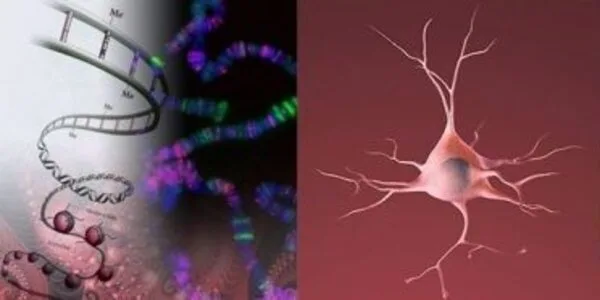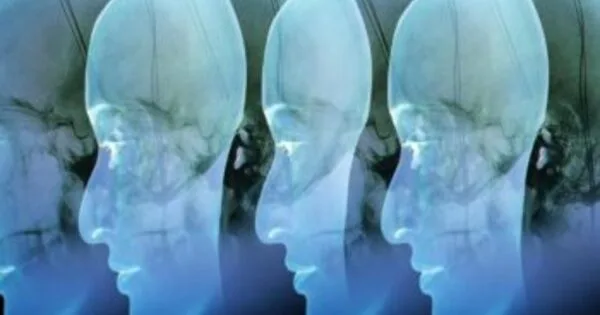Integrating research and clinical treatment is critical to uncovering the secrets of brain development. This strategy, also known as translational research, entails collaboration between researchers and healthcare practitioners to utilize scientific findings to enhance patient care.
Throughout toddlerhood, a fraction of neurons involved in memory and neuroplasticity migrate into the brain.
The human brain continues to be formed after we are born for considerably longer than previously acknowledged, suggests a study by Shawn Sorrells, assistant professor of neuroscience at the Kenneth P. Dietrich School of Arts and Sciences. Sorrells’ study on postnatal brain development, published today in Nature, sheds light on underlying processes that lead to the development of critical brain functions like learning, memory, and spatial navigation.
We were incredibly excited to learn that not only does large-scale neuronal migration continue into specific brain regions, but that this process also continues into ages when children are crawling and beginning to walk.
Shawn Sorrells
According to new research, a fraction of inhibitory neurons in the entorhinal cortex, or EC — an area of the brain critical for memory formation—continue to migrate into this region, where they create new neural connections, from birth to toddlerhood.
The study suggests that extensive postnatal neuronal migration across the EC might underlie critical neuroplasticity periods during which the brain is especially receptive to changes and adaptations. The discovery also points to a possible reason why EC neurons are more susceptible to neurodegeneration since other recent studies have found that this same type of neuron is impacted early in Alzheimer’s disease.

By analyzing brain samples provided in part by the epilepsy tissue bank at UPMC Children’s Hospital and the Neuropathology Department at UPMC Presbyterian Hospital, Sorrells’ research team was the first to demonstrate that, contrary to popular belief, neuronal migration of such scale and duration occurs extensively within regions that control thoughts and emotions.
The study explains how the human brain generates billions of new neurons in a very short period of time by utilizing a system that allows neurons to continue arriving after birth.
“It is generally thought that the brain is done recruiting neurons by the time an individual is born,” said Sorrells. “We were incredibly excited to learn that not only does large-scale neuronal migration continue into specific brain regions, but that this process also continues into ages when children are crawling and beginning to walk.”





